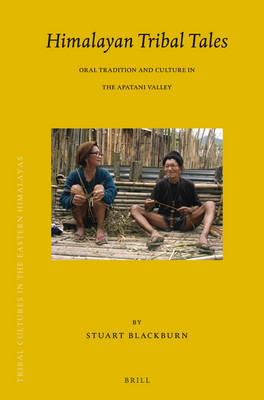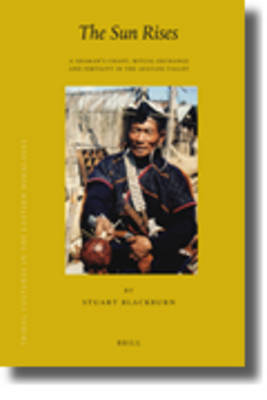Tribal Cultures in the Eastern Himalayas
2 total works
This study of an oral tradition in northeast India is the first of its kind in this part of the eastern Himalayas. A comparative analysis reveals parallel stories in an area stretching from central Arunachal Pradesh into upland Southeast Asia and southwest China.
The subject of the volume, the Apatanis, are a small population of Tibeto-Burman speakers who live in a narrow valley halfway between Tibet and Assam. Their origin myths, migration legends, oral histories, trickster tales and ritual chants, as well as performance contexts and genre system, reveal key cultural ideas and social practices, shifts in tribal identity and the reinvention of religion.
The subject of the volume, the Apatanis, are a small population of Tibeto-Burman speakers who live in a narrow valley halfway between Tibet and Assam. Their origin myths, migration legends, oral histories, trickster tales and ritual chants, as well as performance contexts and genre system, reveal key cultural ideas and social practices, shifts in tribal identity and the reinvention of religion.
At the centre of this study is a shaman's chant performed during a three-week long feast in the eastern Himalayas. The book includes a translation of this 12-hour text chanted in Apatani, a Tibeto-Burman language, and a description of the events that surround it, especially ritual exchanges with ceremonial friends, in which fertility is celebrated. The shaman's social role, performance and ritual language are also described. Although complex feasts, like this one among Apatanis, have been described in northeast India and upland Southeast Asia for more than a century, this is the first book to present a full translation of the accompanying chant and to integrate it into the interpretation of the social significance of the total event.

